Those who work in patient throughput are constantly focused on “placing the right patient in the right bed at the right time.” Implementing multidisciplinary rounds (MDRs) is a productive way to help achieve this goal.
A patient-centered model of care emphasizing patient safety and efficiency, MDRs enable all members of the patient care team to contribute through the specific lens of their expertise. This type of care model can identify and reduce the discharge barriers that can extend a patient’s length of stay (LOS). Discharge delays caused by barriers like communication and coordination of care are a global healthcare problem. A multi-institution study in Canada found that approximately 10% of hospital beds were occupied by patients medically fit for discharge. Research in the United States shows that approximately 20% of hospital lengths of stay may be inappropriate. In the United Kingdom, the costs of delayed discharge are estimated to be £100 million annually. Reducing discharge delays becomes even more important when hospital capacity is at a premium and patient volume is on the rise, as has been the case since the COVID-19 pandemic.
At Mountainside Medical Center in Montclair, New Jersey, MDRs were started in May 2021 in two nursing units. One nursing unit saw a decrease from 5.0 days LOS to 4.2 days LOS between May 2021 and August 2021 and the other unit saw a decrease from 4.3 days to 4.2 days.
MDRs are likely to have a similar impact in reducing LOS at all hospitals who deploy them. When developing MDRs, hospitals must keep three “Rights” in mind to ensure safe and efficient patient care: use the right resources to establish the right structure to provide the right information to the care team.
The three “Rights” of developing effective multidisciplinary rounds
1. The right resources: Gathering the right resources is one of the most important starting points in creating MDRs. This list of resources should include all of the staff who have the expertise to provide input and feedback regarding a patient’s condition (i.e. providers, nursing, ancillary). Disciplines included in MDRs should not be limited to nursing, physicians, ancillary therapies (occupational, physical, respiratory, and speech), case management, and social work. The hospital should also include resources from other areas such as nutrition, pharmacy, imaging, and utilization management. All these resources can help identify any potential discharge barriers, like post-discharge placement concerns or the need for further education regarding nutrition and/or medication management, and help to resolve these before a patient’s discharge needs to be delayed.
2. The right structure: Support for this type of patient care approach starts at the top of the organization. Hospital leaders need to ensure MDRs are woven into the fabric of the organization’s culture. MDRs should be a part of the hospital’s overall strategic plan and leaders need to ensure a repeatable, sustainable structure is created and maintained. To sustain this structure, hospital leaders should:
- Identify champions to evangelize the importance of MDRs, showing how they improve efficiency and can increase patient, provider, and staff satisfaction
- Establish a regular meeting cadence for each unit or service line of care. Meetings can be held in person, virtually, or as a hybrid of both, based on staff availability and location. Some service lines or units may need to meet more frequently than others. Timing of such rounds will vary by specialty and should respect such nuances depending on the needs for each
- Create scripts to ensure the right questions are being asked and addressed regarding patient care and discharge plans
- Evaluate the effectiveness and meaningfulness of the MDRs regularly to ensure everyone receives the information they need to provide the best quality of care and ensure discharges are not delayed unnecessarily
- Consider incentives and reinforcements for service lines/units that effectively utilize MDRs and can show improvements in key areas like patient, staff, and provider satisfaction or decreases in discharge delays
3. The right information: The patient care team must receive the right information to function effectively. The information can come in many forms, including electronic health records, emailed spreadsheets, or dashboards. Utilizing an EHR in conjunction with a virtual, predictive, operational solution like iQueue for Inpatient Beds creates a source of truth the patient care team can view to not only determine which patients may have potential discharge barriers but address those issues immediately. Everyone in attendance can see which units/service lines may have capacity issues based on predictions and note which patients are ready for discharge, then help expedite the discharge process for those patients. Having this kind of transparency ensures everyone in attendance at the MDR is utilizing the most up to date, correct information when collaborating. Scripting is also important to frame the MDR conversations and ensure pertinent information is being shared and captured by the team.
Sustaining multidisciplinary rounds for more efficient inpatient care, now and in the future
The concept of multidisciplinary rounds is not new, but following an era of siloing specialties (only certain specialties participating in MDR) and the availability of virtual, anytime meeting tools, it has been making a resurgence in healthcare. The creation and implementation of MDRs has been streamlined through the use of virtual meeting tools and digital healthcare solutions. Deploying these tools, along with implementing the right resources, right structure, and right information will continue to help hospitals tackle patient throughput issues and reduce the number of discharge delays due to barriers.
To learn more about how iQueue for Inpatient Beds can sustain these efforts, visit our Resources page.





